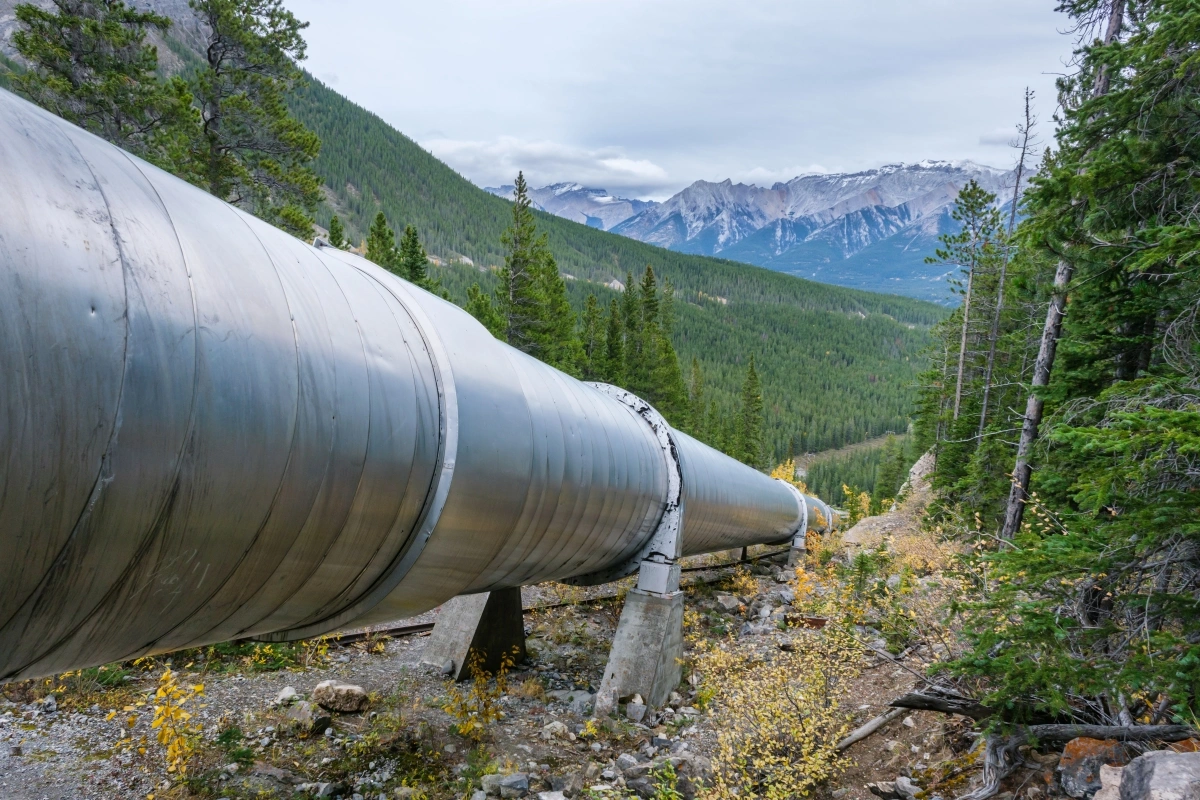Improving the quality and value at reduced cost
Bitumen and heavy oil have high density and viscosity due to “heavy” components in them. For instance, elevated levels of asphaltenes in Alberta bitumen make it extremely dense and thick compared with light crudes. This precludes as-is transport by pipeline, leaving bitumen producers with two choices. One involves transforming bitumen into a light “synthetic crude” in complex operations that are capex- and energy-intensive. The other simply thins down the bitumen by dilution with expensive light hydrocarbons produced from lighter petroleum or natural gas.
Hydrochemolytic Technology (HCT) improves the quality and value of bitumen to greatly reduce requirement for diluent so that producers can keep more money in their pockets and emissions out of the atmosphere.
HCT efficiently deconstructs the heavy components into lighter molecules. It does so without relying on common technique of cracking at elevated temperatures, nor is it a hydrothermal approach or one that uses supercritical water. Instead, HCT involves chemical conversion. It works with water at lower temperatures through chemical reactions that selectively cut components like heavy asphaltenes into smaller pieces and then stabilize them. This lowers viscosity and density to reduce or eliminate the requirement for dilution. Beyond that, HCT-upgraded bitumen also has lower values for sulfur, metals, and acid number.
Metals recovered through HCT-based upgrading, which include nickel and vanadium, potentially may generate additional revenue as high-value commodities for diverse applications including power-grid energy storage batteries.









